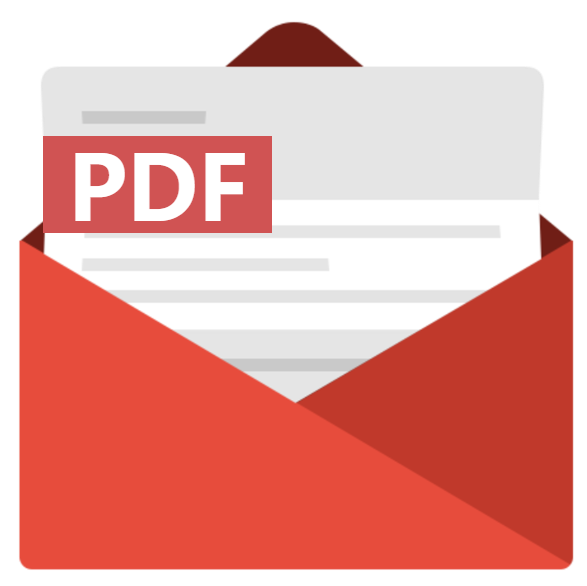Home > Energy & Power > Battery Technology > Lithium-Ion Battery > Lithium Iron Phosphate Battery Market
Lithium Iron Phosphate Battery Market Analysis
- Report ID: GMI5847
- Published Date: Dec 2024
- Report Format: PDF
Lithium Iron Phosphate Battery Market Analysis
Based on application, the stationary application is set to reach USD 18.6 billion through 2034. The rising global focus on reducing greenhouse gas emissions has led to an increase in renewable energy installations, such as solar and wind. These energy sources require efficient storage systems, positioning LFP batteries as a preferred choice due to their long lifespan, safety, and efficiency. Governments and private entities are investing heavily in energy storage projects to integrate renewables into the grid.

The automotive segment expected to expand at a CAGR of more than 15.8% through 2034. LFP batteries are gaining traction in EVs due to their lower cost, enhanced safety, and longevity compared to NMC batteries. These attributes make them particularly attractive for budget-friendly EV models and fleet vehicles. Companies like Tesla, Ford, and Volkswagen are increasingly incorporating LFP batteries in their EV lineups, expanding their presence in Western markets, traditionally dominated by NMC batteries.

U.S. lithium iron phosphate battery market is projected to exceed USD 29.5 billion by 2034. The U.S. government and private entities are heavily investing in domestic battery manufacturing to reduce reliance on foreign imports and enhance supply chain resilience. New facilities and partnerships are emerging to support the production and deployment of LFP and other lithium-ion batteries.
The Asia Pacific LFP battery market is growing rapidly, driven by the increasing demand for electric vehicles (EVs) and stationary energy storage systems, as well as the expanding use of these batteries in other applications like medical equipment and electric tools. Key drivers of this growth include technological advancements, strategic investments by global companies in the region, and the rising adoption of renewable energy solutions.

